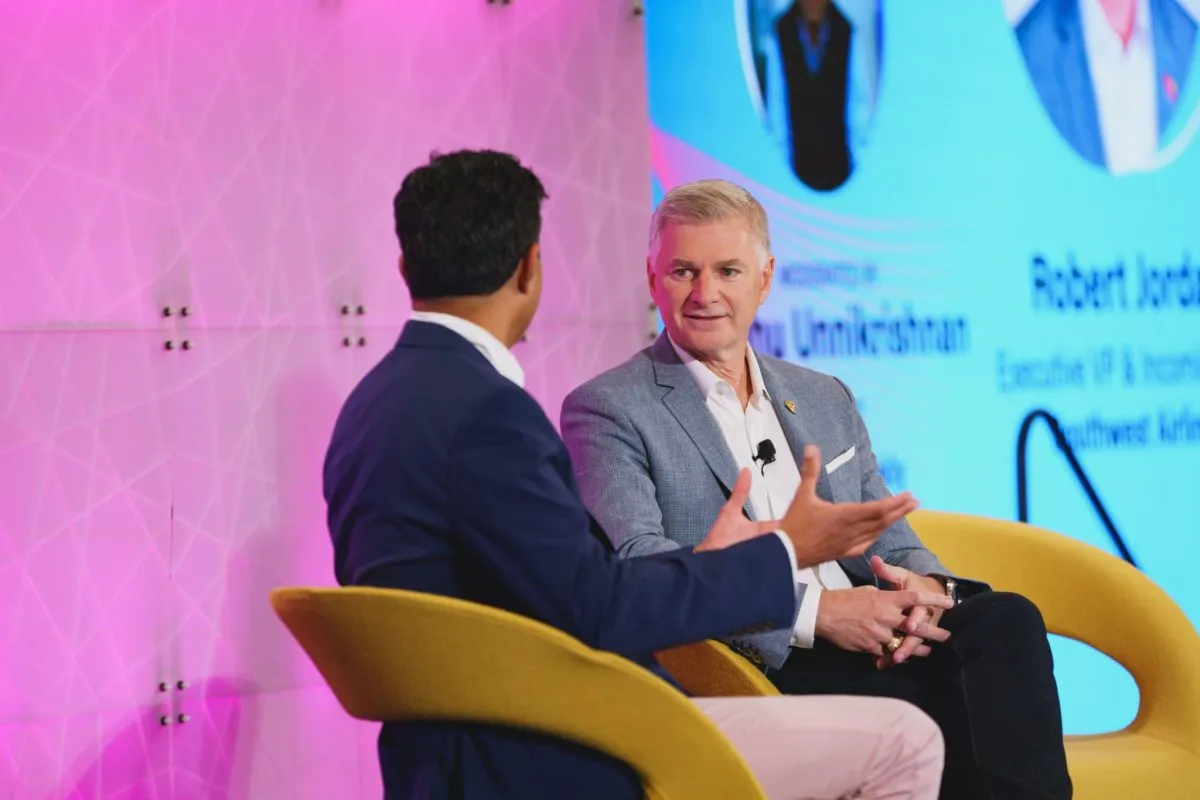Summer Destinations Look for Solutions to Tourists' Seasonal Stereotypes

Skift Take
Anyone that's ever visited a traditionally summer destination from Punta del Este, Uruguay, to Ibiza, Spain, knows that the beaches and businesses are empty until just a week or two before their busy seasons begin.
Visit during high season and hotel rates soar, restaurants are packed, and beach access costs several dollars per beach chair.
As global tourism grows to a record 1.087 billion in 2013, destinations across the globe are working every angle to get as many tourists and their pocketbooks into their hotels and restaurants as possible, making seasonality a serious challenge for similar summer hotspots.
The United Nations World Tourism Organization recently embarked on a project to test its theories about what it takes turn a summer getaway into a year-round destination.
Using Uruguay as a test case, the UNWTO focused its efforts on the summer beach city of Punta del Este where organization leaders met with private and public representatives to draft and test a prototype for reducing seasonality and attracting visitors 365 days out of the year.
That initiative is part of UNWTO’s Affiliate Members Programme, which aims to share lessons and help other destinations work towards sustainable economic and social tourism development.
Punta del Este's Game Plan
Tourism revenues have quadrupled in Uruguay in recent years to reach more than $2 billion dollars; however, three-quarters of it come during the summer months.
In 2013, 720,000 people visited Punta del Este in the summer and only 277,000 people visited throughout the rest of the year.
Based on the meeting, the UNWTO outlined the following prescription for overcoming seasonality in Punta del Este: raise the profile of the destination’s culinary and agricultural sectors, develop sports and wellness tourism, create themed events to attract certain demographics, and attract businesses to the new convention center.
From a communications perspective, these elements will be incorporated into the larger destination brand and marketed through storytelling. The prototype focuses around the concept of “energy” and aimed at attracting tourists who value simplistic and meaningful experiences that contribute to their body, mind and spirit.
The UNWTO plans use the Punta del Este 365 as a case study, which, if successful, will be applied to other destinations.
Other Destinations' Efforts
Croatia has a similar problem. It’s better known for its sunsets and beaches than its cuisine and culture resulting in 63 percent of its tourist arrivals for 2013 taking place between June, July and August.
The destination recently started to combat its summer stereotype with a new marketing campaign designed to educate potential visitors about the cultural, wellness, culinary, outdoor and business opportunities available in 22 destination throughout the year.
Switzerland has the opposite problem with its country brand more closely aligned with snow-capped mountains and world-renowned ski resorts than lakeside holidays or urban explorations. In an effort to change this perception more than 80 percent of Switzerland Tourism’s marketing initiatives and funds support summer campaigns.
Seasonality can also be impacted by market. Although Switzerland must spread awareness of its summer attractions to the European market, which is more interested in Mediterranean destinations between July and September, two-thirds of American travelers visit Switzerland in the summer half of the year. This is likely due to summer vacations where most Americans travel abroad.
Below is an outline of UNWTO’s Punta del Este 365 initiative, via video and the full seasonality prototype:
UNWTO Affiliate Members Programme Prototype: Punta del Este 365 from UNWTO on Vimeo.
[gview file="https://skift.com/wp-content/uploads/2014/11/definitivapuntadelesteonline.pdf"]




